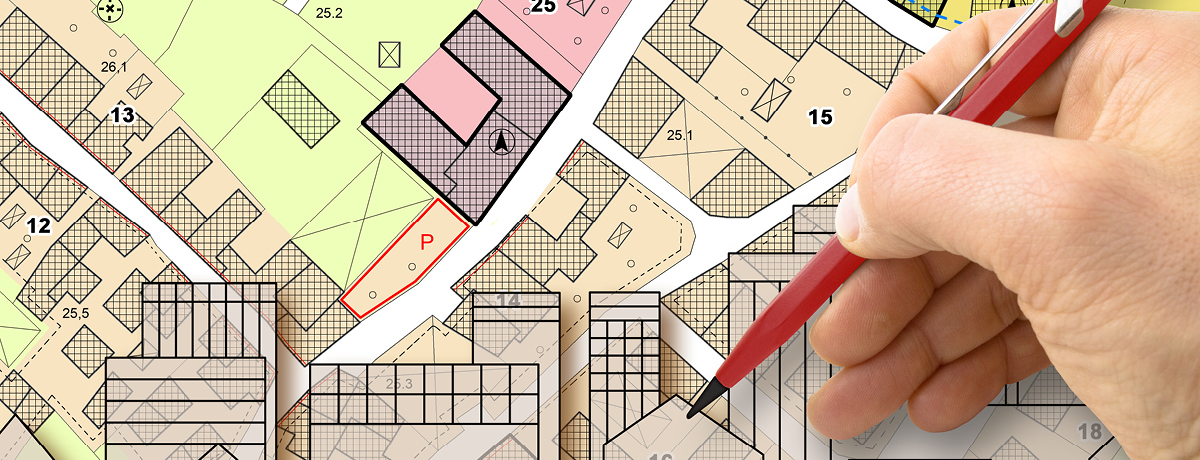False ceilings are a great way to elevate the aesthetic of a room, enhance lighting, and even improve acoustics or energy efficiency. However, choosing the right material for your false ceiling is crucial to ensuring that it meets both functional and design needs. In this guide, we’ll cover the various types of false ceiling materials available, how to select the best one for your space, and the factors you should consider when making your choice.
1. What is a False Ceiling?
A false ceiling, also known as a suspended ceiling or drop ceiling, is a secondary ceiling suspended below the main (structural) ceiling. It can be made from a variety of materials and is typically installed with a framework system that holds the ceiling panels or tiles in place. False ceilings serve both aesthetic and practical purposes, such as hiding wiring, ducts, and pipes, improving acoustics, and adding a modern or luxurious finish to a room.
2. Factors to Consider When Choosing a False Ceiling Material
Before diving into specific material options, it’s important to understand the key factors that will influence your decision:
- Aesthetic and Design Style: What look are you going for? Modern, minimalistic, traditional, or something more creative? The material should complement the room’s overall décor.
- Room Functionality: Different materials are suited to different environments. For example, high-moisture areas like bathrooms and kitchens require moisture-resistant materials, while living rooms and bedrooms prioritize design aesthetics.
- Sound Insulation: If noise reduction is important, you’ll want a material that has sound-absorbing properties.
- Durability and Maintenance: Some materials require more maintenance than others. If you’re looking for something low-maintenance, consider materials that are resistant to dust, stains, and moisture.
- Budget: Different materials come with varying price tags. Some are highly affordable, while others—especially premium finishes—can be quite expensive.
- Lighting Needs: The type of false ceiling material you choose can influence the lighting setup in your room. Some materials can incorporate lighting features such as recessed lights, ambient lights, and spotlights.
- Installation and Weight: Some materials are lightweight and easy to install, while others are heavier and require professional installation. The ease of installation may also affect the overall cost.
Aslo Read: Latest False Ceilings Design for Hall
3. Common False Ceiling Materials and Their Uses
1. Gypsum (Plasterboard) False Ceilings
Overview: Gypsum boards (also known as plasterboard or drywall) are one of the most common materials used for false ceilings. They consist of a layer of gypsum sandwiched between two sheets of thick paper. These boards are widely used due to their versatility and ease of installation.
Advantages:
- Aesthetic Flexibility: Gypsum boards can be easily shaped and molded into intricate designs, making them ideal for modern and ornate ceiling patterns.
- Smooth Finish: Gypsum offers a smooth, even surface for painting and is available in a variety of finishes.
- Acoustic Properties: Good at absorbing sound, which makes them ideal for bedrooms, living rooms, and offices.
- Fire Resistance: Gypsum is naturally fire-resistant due to its mineral content.
Ideal For:
- Residential Spaces: Living rooms, bedrooms, and dining rooms.
- Commercial Spaces: Offices, conference rooms, and retail stores.
Considerations:
- Moisture Sensitivity: Gypsum boards can be damaged by high moisture, so they are not recommended for wet areas like bathrooms and kitchens (unless treated with moisture-resistant coatings).
- Maintenance: Gypsum ceilings can be prone to cracks over time, especially if they’re not installed properly.
2. POP (Plaster of Paris) False Ceilings
Overview: Plaster of Paris (POP) is another popular material for false ceilings. It is a white powder made by heating gypsum and then mixed with water to form a paste. Once it hardens, it provides a durable and highly customizable ceiling solution.
Advantages:
- Highly Customizable: POP can be molded into complex shapes, designs, and patterns, making it a favorite for decorative ceilings.
- Smooth, Seamless Finish: It creates a sleek, smooth surface that can be easily painted or finished.
- Lightweight: POP is relatively lightweight compared to other materials, making it easier to install.
Ideal For:
- Residential and Commercial Spaces: Living rooms, bedrooms, lounges, and even high-end commercial establishments.
- Decorative Ceilings: Any space that requires intricate, bespoke designs.
Considerations:
- Moisture Sensitivity: Similar to gypsum, POP is not suitable for high-moisture areas unless special treatments are applied.
- Installation Time: Installing POP ceilings requires skilled labor and is a more time-consuming process than other materials.
Also Read: Top 15 of the latest pop design trends for bedrooms in 2024
3. Mineral Fiber Ceiling Tiles
Overview: Mineral fiber tiles are made from a combination of minerals, fibers, and binders, which are pressed into panels. These tiles are commonly used for suspended ceilings, especially in commercial spaces.
Advantages:
- Sound Absorption: Mineral fiber tiles are excellent at absorbing sound, making them ideal for noisy environments like offices, call centers, and libraries.
- Fire Resistance: These tiles are fire-retardant and meet fire safety standards.
- Cost-Effective: Mineral fiber tiles are one of the most affordable options for false ceilings.
- Easy to Replace: Ifone tile gets damaged, it’s easy to replace without disrupting the entire ceiling.
Ideal For:
- Commercial Spaces: Offices, hospitals, schools, and retail spaces.
- High-Traffic Areas: Places that require durable and soundproof ceilings.
Considerations:
- Design Limitation: These tiles are generally not used for highly decorative designs and are better suited to functional spaces.
- Moisture Sensitivity: Although durable, mineral fiber tiles may absorb moisture and sag over time if installed in high-humidity areas.
4. PVC (Polyvinyl Chloride) False Ceilings
Overview: PVC panels are lightweight, easy to install, and durable. These panels are commonly used for kitchens, bathrooms, and other wet areas due to their water resistance.
Advantages:
- Water Resistance: PVC is highly resistant to water, making it ideal for humid and wet environments like bathrooms and kitchens.
- Maintenance-Free: PVC ceilings require very little maintenance, as they are resistant to dust, dirt, and stains.
- Affordable: PVC ceilings are generally cheaper than other materials like gypsum or POP.
Ideal For:
- Wet Areas: Kitchens, bathrooms, and basements.
- Affordable Spaces: Budget-conscious homeowners looking for durable yet inexpensive ceiling solutions.
Considerations:
- Limited Aesthetic Appeal: PVC may not offer the same aesthetic richness as gypsum or POP and may not be suitable for high-end design spaces.
- Environmental Concerns: PVC is a plastic material and may not be as environmentally friendly as other options.
5. Metal Ceilings (Aluminum or Steel)
Overview: Metal ceilings, made from materials such as aluminum or steel, provide a sleek, modern look and are increasingly being used in both residential and commercial spaces.
Advantages:
- Durability: Metal ceilings are highly durable, resistant to fire, and can withstand impacts better than most other materials.
- Modern Aesthetic: They provide a clean, contemporary look that suits industrial and minimalist design styles.
- Easy Maintenance: Metal ceilings are easy to clean and maintain, and they don’t absorb moisture or humidity.
Ideal For:
- Modern Commercial Spaces: Offices, retail stores, restaurants, and public spaces.
- Industrial or Contemporary Homes: Living rooms, kitchens, and bathrooms.
Considerations:
- Noise Reflection: While durable, metal can reflect sound, which might not be desirable in certain environments.
- Cost: Metal ceilings can be expensive, especially for high-quality aluminum or custom finishes.
6. Wooden False Ceilings
Overview: Wooden false ceilings are an elegant choice, often used in high-end residential and commercial spaces to create a warm, natural feel.
Advantages:
- Aesthetic Appeal: Wood adds a natural, luxurious, and timeless touch to any room.
- Insulation: Wood is a great insulator, offering both soundproofing and thermal insulation.
- Variety: There are various wood types available, such as teak, oak, and pine, each with its own aesthetic qualities.
Ideal For:
- Luxury Spaces: Living rooms, bedrooms, and high-end commercial spaces.
- Traditional or Rustic Themes: Homes with a classic or rustic design.
Considerations:
- Cost: Wood ceilings can be expensive, depending on the quality of the wood and the complexity of the design.
- Maintenance: Wood requires regular maintenance, such as polishing and treating for termites or wood rot.
4. Conclusion: Making the Right Choice for Your Space
When choosing the right false ceiling material for your space, it’s essential to consider the functionality (e.g., moisture resistance, sound absorption), aesthetic preferences (e.g., modern vs. traditional design), and budget. Whether you're outfitting a sleek office, a cozy living room, or a high-moisture bathroom, each material offers unique benefits that can enhance the style and performance of your space.
https://www.livehomes.in/blogs













